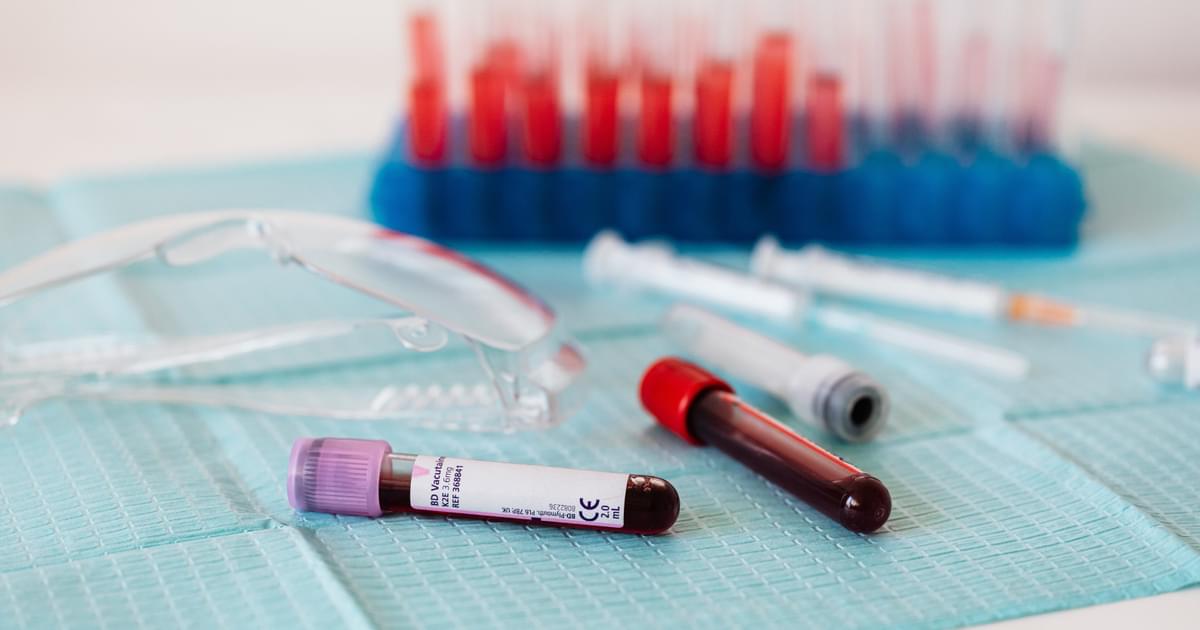[ad_1]
Alcohol-related deaths surged in Colorado in 2020, pointing to the need for more people to get treatment and, a researcher stressed, better options for those not helped by the current therapies.
Colorado’s alcohol-related deaths increased by about 27% in the first year of the pandemic, from 2,405 deaths in 2019 to 3,051 in 2020, according to a study by researchers at the National Institute on Alcohol Abuse and Alcoholism.
The study included deaths that listed contributing factors linked to alcohol use, including liver disease, alcohol poisoning, unsafe behavior while intoxicated, mental health conditions (such as withdrawal) and alcohol-induced damage to other organs, such as the pancreas.
While liver disease is the best-known illness linked to excessive alcohol use, drinking can also contribute to heart disease, stroke and certain cancers, including breast cancer.
The increase in Colorado is roughly in line with the national average. Across the country, deaths where alcohol was listed as a contributing factor rose about 25% in 2020. But Colorado already had the sixth-highest rate of alcohol-related deaths in the country as of 2019, so any increase is worrisome.
All states recorded an increase in alcohol-related deaths in 2020, ranging from 11% in Delaware to more than 50% in Mississippi. Alcohol-related deaths have been increasing since 1999, but rose by a more modest 3% to 5% in pre-pandemic years.
The size of the spike in alcohol-related deaths surprised even experts, said Joseph Schacht, an associate professor at UCHealth who has studied alcohol addiction for 20 years.
Multiple factors likely contributed, including loss of access to group-based therapies after COVID-19 hit, an increase in drinking to cope with stress and a higher likelihood that people were drinking alone, which meant no one was around to help if they became dangerously intoxicated, he said.
Data from 2021 hasn’t been finalized at the national level. Colorado has preliminary data showing deaths from alcoholic liver disease increased last year, but doesn’t compile all alcohol-related deaths in the way the study did.
Unfortunately, it’s not likely that overall alcohol-related deaths dropped last year after their 2020 spike, since stressors that might push people to drink more were still present, Schacht said.
“I don’t think it’s gone away,” he said.
Treatment for alcohol use disorder
In 2019, about one in 20 teens and adults was believed to have alcohol use disorder, which is characterized by an inability to control drinking and negative feelings when a person can’t use alcohol.
About one-quarter of adults reported binge drinking — four drinks within a few hours for a woman, or five drinks in the same period for a man — and about 6% said they had engaged in binge drinking at least five times in the last month, according to the National Institute on Alcohol Abuse and Alcoholism. Those numbers have likely gone up.
Any decrease in people receiving treatment for alcohol use disorder is a problem, because so few got help even before the pandemic, Schacht said. Only about 7% of people believed to have the disorder received treatment in 2019, according to the institute. Fewer than 4% received medication to make it easier to quit drinking or cut back, because many don’t know it’s an option, Schacht said.
The approved medications are helpful for about one-third of people who try them, but there’s a need for more options to complement therapy and peer support, Schacht said.
Right now, UCHealth is one of three sites across the country running a trial of a new drug, known as ASP8062, to see if people with at least moderately severe alcohol use disorder who use it have fewer alcohol cravings and are better able to cut down their drinking. (People who are interested in participating can call 720-372-3766 or email [email protected]).
“We want to have a bigger toolbox to use,” he said.
The National Institutes of Health define safer drinking as no more than one drink per day for women and two drinks per day for men. Any alcohol use carries some risks, but those compound as people drink more.
“If you’re above those limits, it’s a good idea to try to cut down, even if you don’t want to stop drinking entirely,” Schacht said.
Despite the perception that it takes decades of drinking before someone’s health starts to deteriorate, people who’ve been using alcohol heavily in their 20s sometimes need liver transplants in their 30s, Schacht said. The risk is higher if a person also has hepatitis C.
“Lots of young people die from liver disease,” he said.
Liver disease a major factor in Colorado
The study didn’t include demographics of those who died at the state level, but found that nationwide, deaths increased most among adults between 25 and 44. Deaths increased at similar rates for men and women, but far more men died of alcohol-related causes.
It’s not clear how much of the overall increase was due to each individual cause of death, because the study used a composite measure, and the state doesn’t compile data about alcohol-related fatalities in the same way.
Alcoholic liver disease appears to have been a major factor in Colorado, however, with the rate of deaths increasing 21% for the whole population in 2020. For adults between 25 and 44, it rose by 58%.
In 2021, the increase was more modest, at about 4.5%. Preliminary data showed the increase was largest among adults between 45 and 64, with their rate of alcoholic liver disease deaths increasing about 6.2%.
Subscribe to bi-weekly newsletter to get health news sent straight to your inbox.
[ad_2]
Source link




More Stories
The Ultimate Work Desk Kit: From Eye Drops to Vicks Roll On
Essential Insights into Atlanta Insurance: Your Ultimate Guide
Transform Lives by Giving Plasma: A Comprehensive Guide